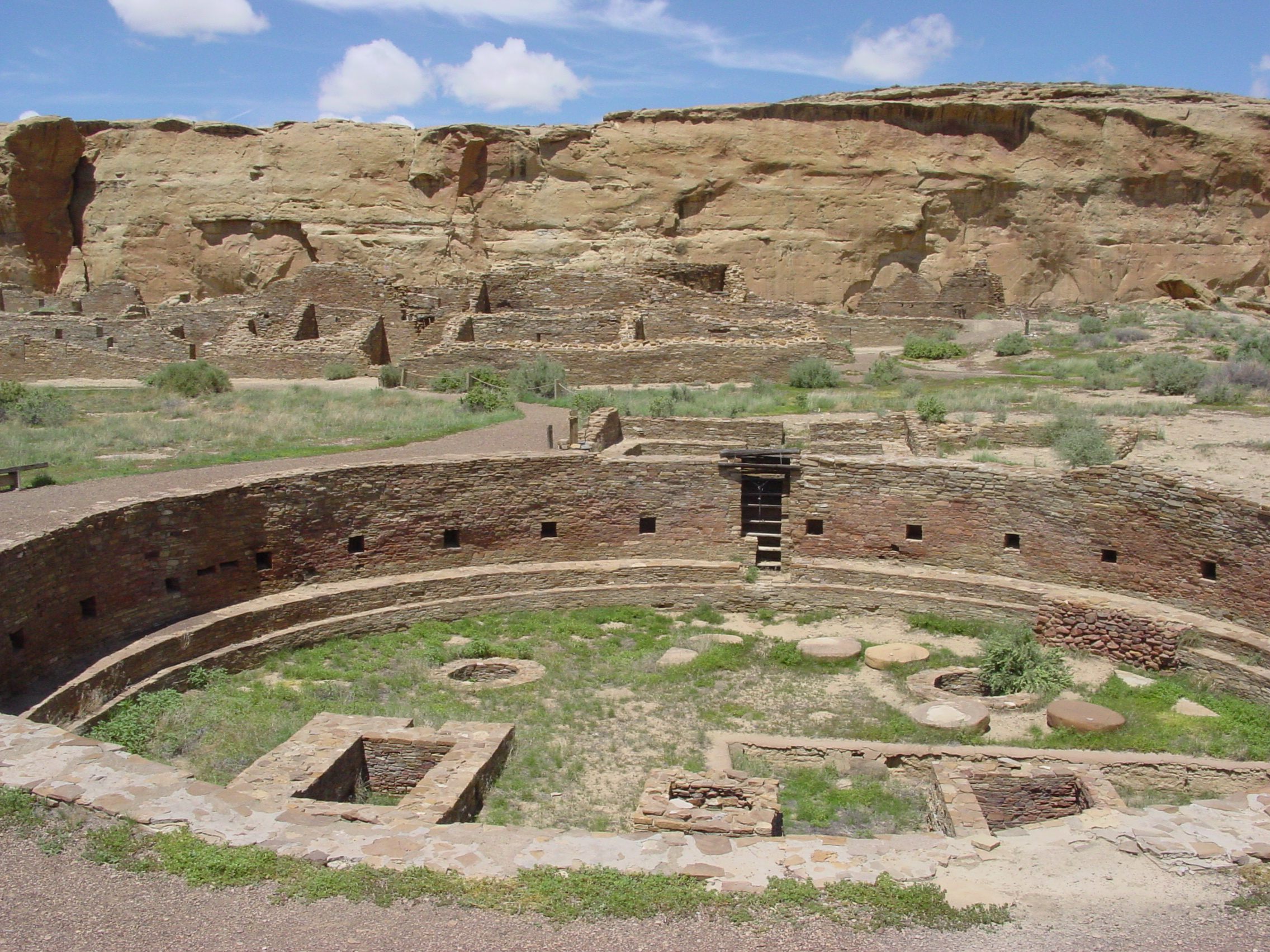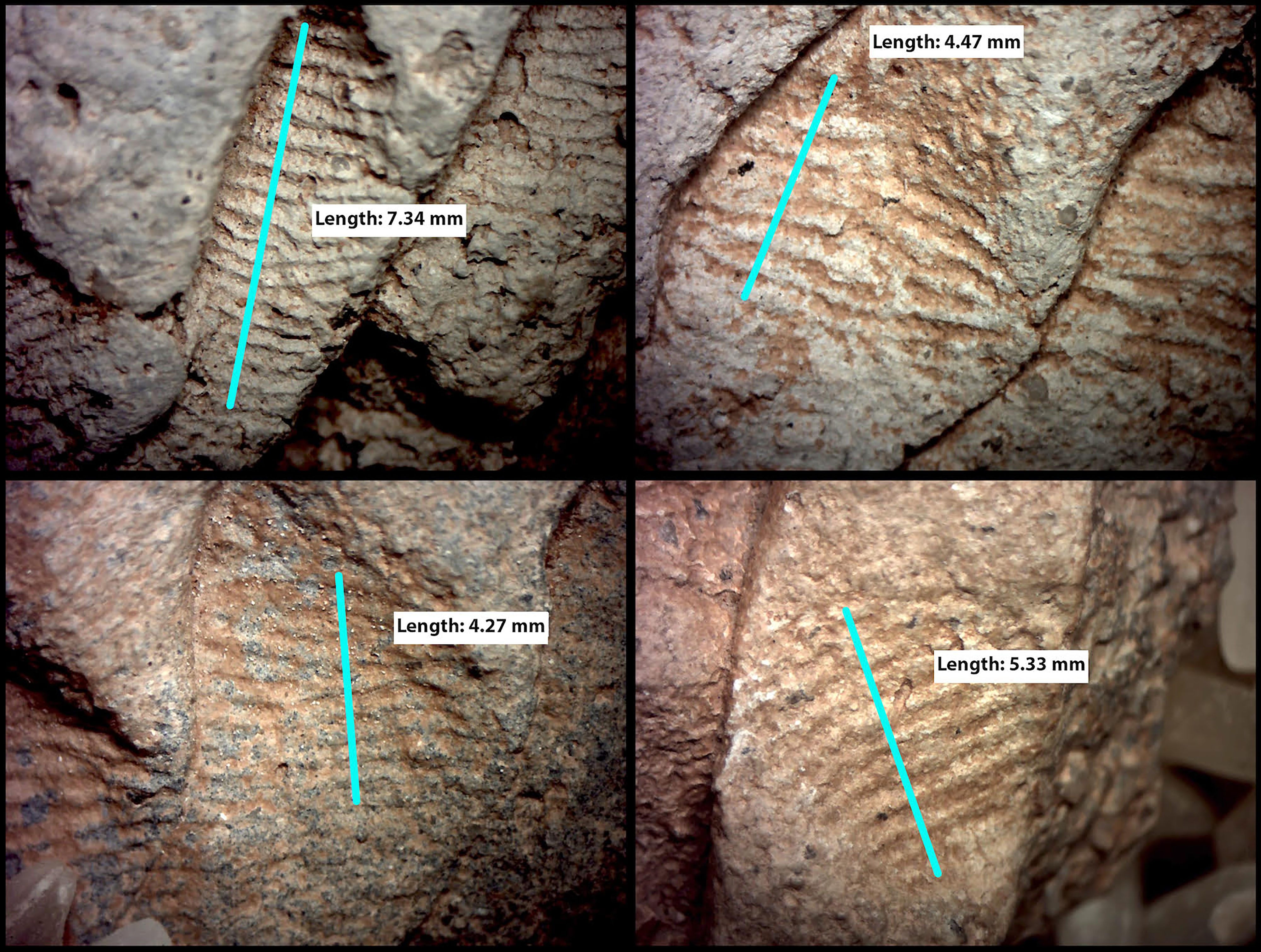Ancient Fingerprints Help Unravel Just Who Was Making Pots at Chaco Canyon
New research shows it wasn’t as gendered as once thought.

The Ancestral Puebloans were a fixture in the Four Corners region of Utah, Colorado, Arizona, and New Mexico for centuries, from 100 to 1600. In Chaco Canyon in northwestern New Mexico, they built roads, dams, and huge living complexes known as “great houses” that could contain hundreds of rooms. They were also known for their pottery, and it was believed that the task of making it was exclusively the province of women, with techniques and designs passed down from mothers to daughters for centuries. However, new research published in Proceedings of the National Academy of Sciences suggests that when demand for pottery got especially high, Ancestral Puebloan men got in on the act as well.
John Kantner of the University of North Florida, lead author of the study, wanted to understand gender roles in the labor force and what they had to do with Ancestral Puebloan social systems. A student of his, David McKinney, who was working at a police station at the time, suggested that fingerprints might be as useful in this work as they are in forensics, so Kantner investigated. On the basis of a 2003 study showing that male fingerprint ridges are, on average, nine percent wider than they are on women, Kantner examined nearly a thousand shards of corrugated pottery from a site in Chaco Canyon. This style of pottery is made by pinching and coiling clay paste—a process that leaves clear fingerprint impressions. The researchers found that about 40 percent of the shards had fingerprints that appeared to come from women or juveniles, and as much as 47 percent seemed to have been made by men.

Many of the pieces examined were created between the 10th and 11th centuries, which might suggest a reason that these men were getting their hands dirty (with clay). The time frame coincides with the growth of Chaco Canyon into the economic, administrative, and religious hub for the San Juan Basin. This might have caused an increase in the demand for ceramics in the surrounding communities. The shared labor responsibility appeared to last for more than 200 years. According to Kantner, the proportion of male and female prints varied over time and between different households, suggesting that pottery-making was simply not a very gendered practice at the time. “And if that’s true for pottery-making, then perhaps it’s also true for other kinds of activities,” he says, via email.
More research needs to be conducted to know for certain how these gender dynamics worked, and using ancient fingerprints can be tricky. But the study does highlight the need for researchers to reexamine the records made by colonial explorers and even earlier generations of archaeologists, who often imparted their cultural norms (with regard to gender and work, for example) onto the subjects of their observations. The same goes for our cultural norms today. According to Kantner, “Perhaps we can’t always assume that ancient societies were similar to us today. We often think of human societies as having a strong division of labor by gender, but perhaps that’s just the result of recent historical influences. Perhaps things were quite different in the past.”











Follow us on Twitter to get the latest on the world's hidden wonders.
Like us on Facebook to get the latest on the world's hidden wonders.
Follow us on Twitter Like us on Facebook